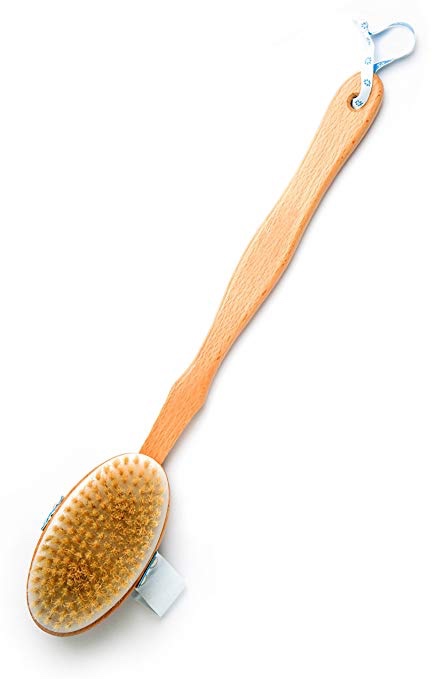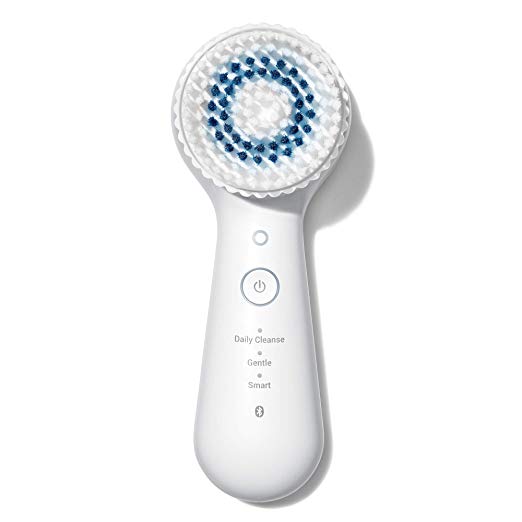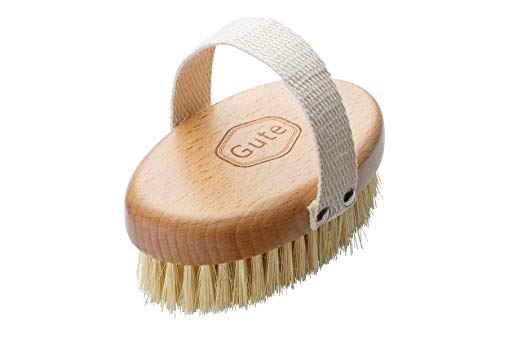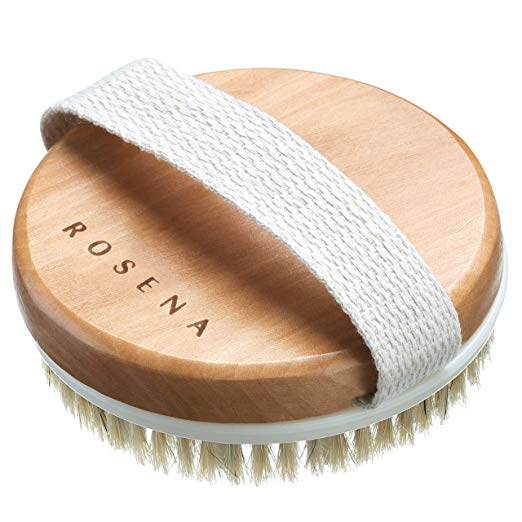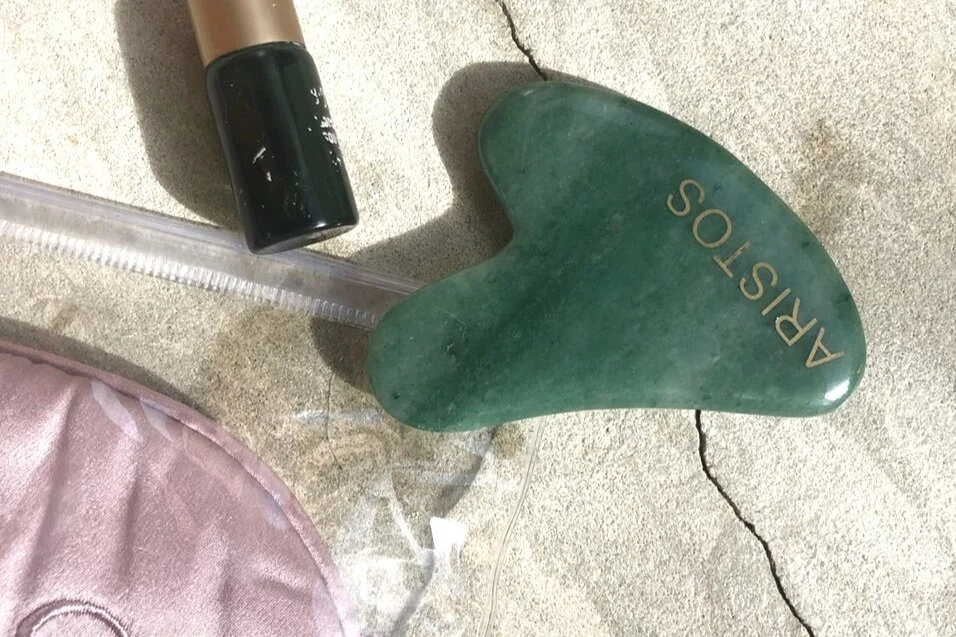Dry Brushing
We spend a lot of time on skincare, but a lot of times and to a lot of people this is localized to the face and maybe the neck area. What about our legs, arms, and torso? Our skin, in addition to our liver, helps detox the body; sweating out toxins; shedding dead skin cells. Paying attention to how we aid our skin’s and body’s detox, circulation, and maintaining healthy skin below our face, is just as important and beneficial.
What Is Dry Brushing?
An age-old technique, combining the effects of a massage and gentle exfoliation.
Japanese [dried loofahs], Egyptian [Alabaster particles], Ancient Greek [metal tools], Ayurveda [known as garshana], Native American [dried corncobs], Polynesians [crushed seashells] have all practiced dry exfoliation and massage for thousands of years.
Using a brush with soft bristles to massage your legs, arms, torso and neck.
Sometimes referred to as skin or body brushing.
What Are The Benefits?
Appearance of cellulite
Increase circulation
Promote detoxification
Promote lymphatic drainage
Exfoliate the skin, therefore
Smoother skin
What Do You Use?
Usually a brush with soft bristles [very important, in order to not damage skin] with a short or long handle [great for your back].
The best bristles are cactus bristles - that are firm, thick, yet soft enough bristles that improve with use and perfect for using dry. These are also widely preferred by therapists and regular body brushers. It is the type most dry brushes, especially those used by aestheticians and regular practitioners are preferred. You can also get boar's hair bristles [claimed to sustainably raised as the animal does not need to die to use their hair] which is also often used in hair brushes, is also an option. However, as always we suggest going the plant route if possible.
Dr. M-D highlights “Brushing may be done with any bristles that are soft and may cause gentle mechanical exfoliation for the skin. As a board-certified dermatologist, I recommend to my patients brands of bristles, such as Clarisonic which have been tested and designed specifically for the skin.”
What Is The Science Behind It?
We ask Dr. Gabriel Martinez-Diaz M.D. FAAD, [aka Dr. M-D] a board certified, well known and respected dermatologist, based in Chicago about a few details regarding dry brushing!
“Scientifically speaking the benefit of dry brushing is a mechanical way to exfoliate dead skin. Skin usually dies after 120 days, and occasionally it may be beneficial to add dry brushing to ensure all dead skin cells are sloughed off and make room for new skin.” explains Dr. M-D.
Why is it ‘dry’ brushing?
Dry because it is used on dry skin, without any lotion or oil, to promote gentle exfoliation of any surface dead skin cells, and allowing circulation to be promoted in those areas of the body.
Due to capillaries widening as a result of increased circulation, the benefits mentioned above occur.
The circulation and drainage helps drain out toxins, which then also helps drain out stubborn cellulite [just a tad, not a permanent solution, more like maintenance as your body drains out cellulite, but the increased circulation helps nudge it to further do so] and bring new blood to the area, hence bringing nutrients and hydration to the area as well. The physical exfoliation allows for physically smoother skin.
How is dry brushing different than a scrub / moroccan or turkish bath [hammam]?
Dr. M-D explains that “the bristles [of the brush] provides another layer of mechanical exfoliation as opposed to a scrub alone [and] a Moroccan or Turkish bath [provides] additional moisturization that the skin would receive prior to and after brushing’.
How It’s Done + What To Be Careful Of
It is essential to realize that the tools used are the ones doing the job, and so gentle to no pressure is added during the movement. Dry brushing should not cause scratches to the skin or irritation. Classic exfoliating gloves are harsher and therefore used with a scrub, oil/moisture [such as in hammams] and practiced with more time in between sessions, whereas dry brushing can be practiced for a few minutes multiple times a week.
“Dry brushing should be done in a gentle way avoiding excessive pressure and irritation to the normal skin. ”
If you have psoriasis, eczema, or similar skin conditions, you definitely want to be careful and as Dr. M-D points out, “avoid going over irritated skin, open sores, and avoid overdoing it where it may cause breakage on skin, pain, discomfort.”
Usually practiced before a shower, after which you can wash off any of the dirt/skin that has shed off, and moisturize right after.
Start with your foot and ankles, in small and swift strokes brush up towards the heart. Always brushing towards the heart, this emulates the pattern in which your lymphatic drainage runs too. Continue with your arms, your torso and neck in circular motions. For a more visual explanation, check out these videos.




